What is Santol?
The santol, scientifically known as Sandoricum koetjape, is a tropical fruit native to Southeast Asia, particularly the Philippines, Thailand, and Indonesia. This exotic fruit, often referred to as the cotton fruit, is celebrated not only for its unique taste but also for its numerous health benefits. In this article, we will explore the various health advantages of incorporating santol into your diet, making it a must-have for health-conscious individuals.
Nutritional Profile of Santol
Santol is a nutrient-dense fruit packed with essential vitamins, minerals, and fiber. Here’s a snapshot of its nutritional content:
Vitamins:
- Vitamin C: Boosts immune function, enhances skin health, and acts as a powerful antioxidant.
- Vitamin B Complex: Including B1 (thiamine), B2 (riboflavin), and B3 (niacin) – vital for energy production and maintaining healthy nerves and blood cells.
Minerals:
- Potassium: Helps regulate blood pressure and supports heart health.
- Calcium: Important for bone health and muscle function.
- Iron: Essential for blood production and preventing anemia.
Dietary Fiber:
- High Fiber Content: Essential for gut health and help in digestion, also help in weight management.
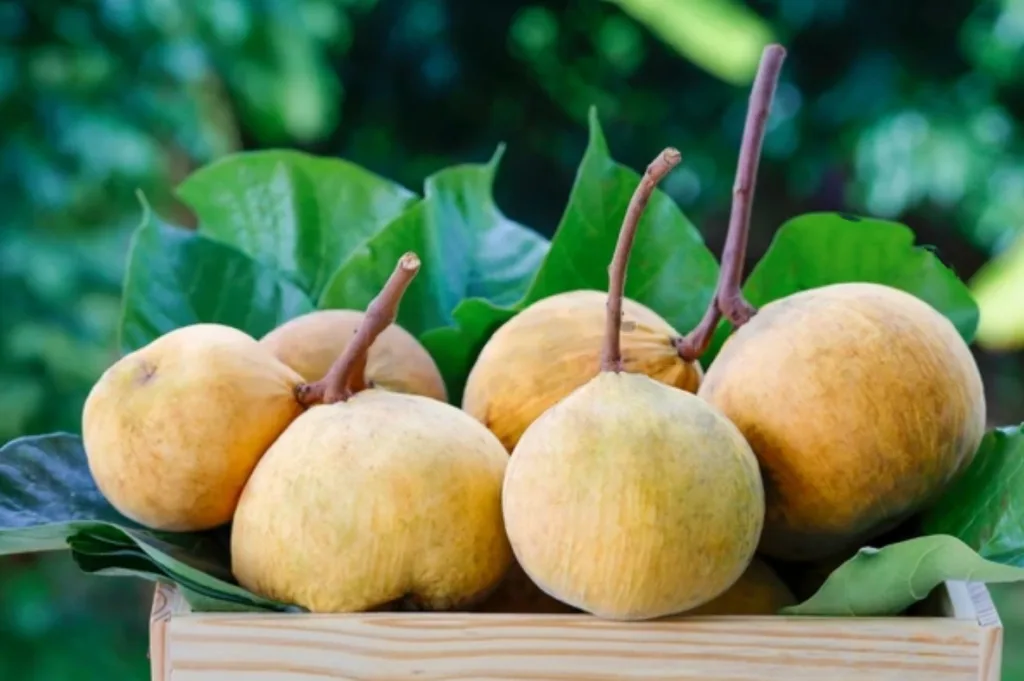
Health Benefits of Santol
Incorporating santol into your diet can provide a multitude of health benefits. Some key benefits are listed here…
1. Rich in Antioxidants
Santol is loaded with antioxidants that protect the body against free radicals, which can cause cellular damage and contribute to various chronic diseases. These antioxidants help reduce inflammation, lower the risk of chronic diseases, and support overall health.
2. Supports Digestive Health
- Promotes Gut Health: The high fiber content acts as a prebiotic, feeding beneficial bacteria in the gut, which play a crucial role in digestion and overall health.
- Aids in Weight Management: The fiber in santol contributes to a feeling of fullness, helping control appetite and reducing overall calorie intake, making it an excellent addition to a weight management plan.
3. Enhances Immune Function
- Vitamin C Boost: Essential for the proper functioning of the immune system. It boosts the production of white blood cells, which are crucial for fighting off infections.
- Antimicrobial Properties: Natural antimicrobial properties help in preventing and treating infections. Santol extracts inhibit the growth of certain bacteria and fungi, boosting immunity.
4. Promotes Heart Health
- Reduces Bad Cholesterol: The fiber content helps reduce LDL (low-density lipoprotein) cholesterol, known as bad cholesterol, a major risk factor for heart disease.
- Supports Healthy Blood Pressure: Potassium in santol helps regulate blood pressure by counteracting the effects of sodium, keeping blood pressure within a healthy range.
5. Anti-Cancer Potential
Research indicates that the antioxidants, polyphenols, and flavonoids in santol may have anti-cancer properties. These compounds help neutralize free radicals and prevent DNA damage that can lead to cancer.
6. Improves Skin Health
- Anti-Aging Properties: High Vitamin C content promotes collagen production, essential for maintaining skin elasticity and preventing wrinkles. Antioxidants protect the skin from damage caused by UV rays and environmental pollutants.
- Treats Skin Conditions: Traditionally used to treat various skin conditions, santol’s antimicrobial and anti-inflammatory properties help manage skin infections and reduce skin irritation.
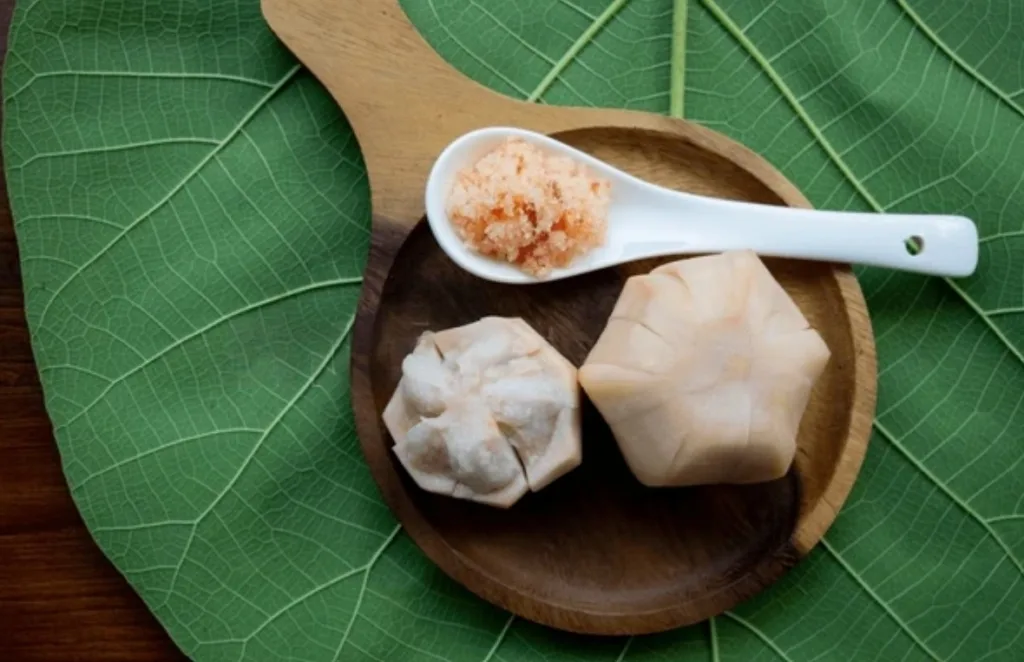
Culinary Uses and Recipes
Santol is not only nutritious but also versatile in the kitchen. Here are some popular uses and recipes to help you incorporate santol into your diet:
1. Santol Marmalade
Santol marmalade is a delicious and tangy spread that can be enjoyed on toast, crackers, or as a filling in pastries.
Ingredients:
- 4 cups santol flesh (peeled and seeded)
- 2 cups sugar
- 1 cup water
- Juice of 1 lemon
Instructions:
- Chop the santol flesh into small pieces.
- In a large pot, combine santol, sugar, and water.
- Cook over medium heat, stirring frequently, until the mixture thickens.
- Add lemon juice and cook for another 5 minutes.
- Transfer to sterilized jars and let cool before sealing.
2. Santol Pickle (Burong Santol)
This traditional Filipino recipe offers a unique and flavorful way to enjoy santol as a side dish or snack.
Ingredients:
- 5 santol fruits (peeled and quartered)
- 1 cup white vinegar
- 1 cup sugar
- 1 tablespoon salt
- 2 cloves garlic (sliced)
- 1 small piece of ginger (sliced)
- 1 red chili (optional)
Instructions:
- In a bowl, mix vinegar, sugar, and salt until dissolved.
- Add garlic, ginger, and red chili to the mixture.
- Place the santol pieces in a sterilized jar and pour the vinegar mixture over them.
- Seal the jar and let it sit in the refrigerator for at least 3 days before serving.
3. Santol Curry
A popular dish in Thai cuisine, santol curry combines the fruit’s tangy flavor with rich and spicy curry.
Ingredients:
- 3 santol fruits (peeled and seeded)
- 1 can coconut milk
- 2 tablespoons red curry paste
- 1 tablespoon fish sauce
- 1 tablespoon sugar
- 1 cup chicken breast (sliced)
- Fresh basil leaves for garnish
Instructions:
- Slice the santol flesh into thin strips.
- In a large pan, cook the red curry paste over medium heat until fragrant.
- Add the chicken slices and cook until no longer pink.
- Pour in the coconut milk and bring to a simmer.
- Add the santol strips, fish sauce, and sugar. Cook for 5-7 minutes.
- Garnish with fresh basil leaves and serve hot with steamed rice.

Side Effects and Precautions
While santol is generally safe for consumption, there are a few side effects and precautions to keep in mind:
1. Allergic Reactions
Some individuals may be allergic to santol. Symptoms of an allergic reaction can include itching, swelling, hives, and difficulty breathing. If you experience any of these symptoms after consuming santol, seek medical attention immediately.
2. Gastrointestinal Issues
Eating large quantities of santol may lead to gastrointestinal discomfort, such as bloating, gas, and diarrhea, due to its high fiber content. It is advisable to consume santol in moderation to avoid these issues.
3. Seeds Can Be a Choking Hazard
The seeds of the santol fruit are large and hard, posing a choking hazard, especially for children. Always remove the seeds before consuming the fruit or using it in recipes.
4. Possible Interaction with Medications
If you are taking medications, especially for heart conditions or blood pressure, consult your healthcare provider before adding santol to your diet, as its high potassium content may interact with certain medications.
Conclusion
Incorporating santol into your diet can provide a wide range of health benefits, from boosting the immune system and promoting heart health to enhancing skin health and aiding in digestion. This nutrient-rich tropical fruit is a versatile addition to a healthy diet, offering both culinary delight and medicinal value.
As with any food, moderation is key. Enjoying santol as part of a balanced diet will help you reap its full health benefits. So, next time you come across this exotic fruit, don’t hesitate to add it to your shopping basket and enjoy the myriad of health advantages it has to offer.
By understanding and appreciating the health benefits of santol, you can take a proactive step towards a healthier and more vibrant life.
Topics covered
- What is Santol?
- What are key nutrients in Santol?
- What are health benefits of Santol?
- How to use Santol?
- Recipes of Santol.
- Side effects of Santol.

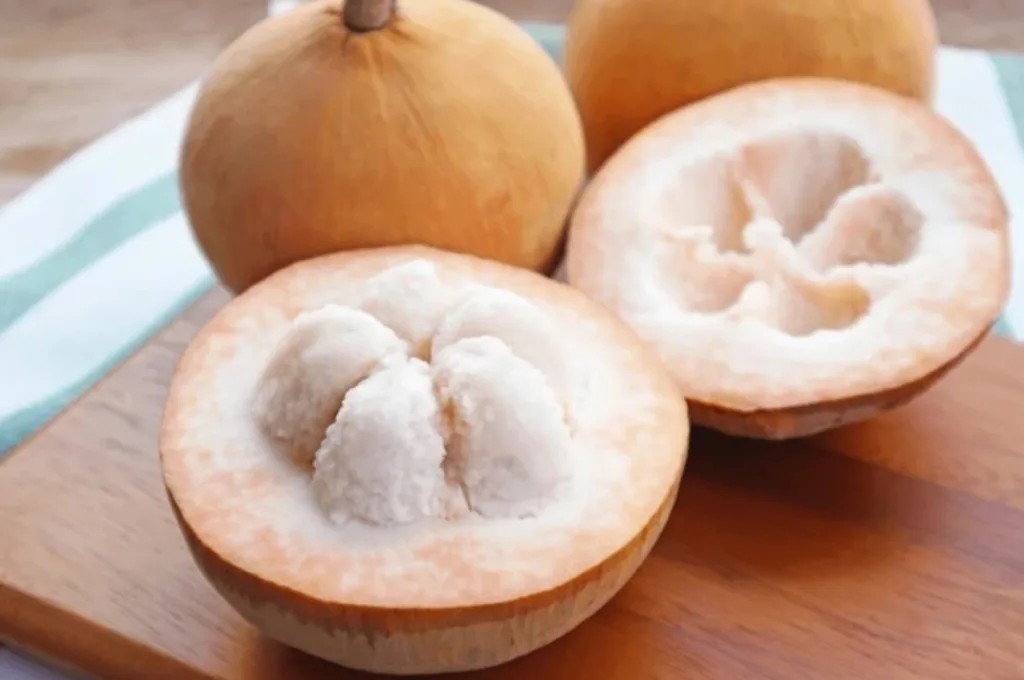
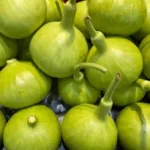
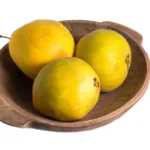
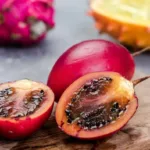
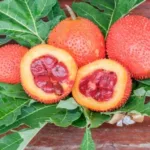
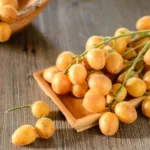
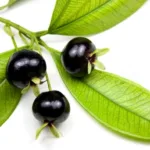
1 thought on “Santol: The Tropical Powerhouse You NEED in Your Diet (Skin, Gut & More!)”